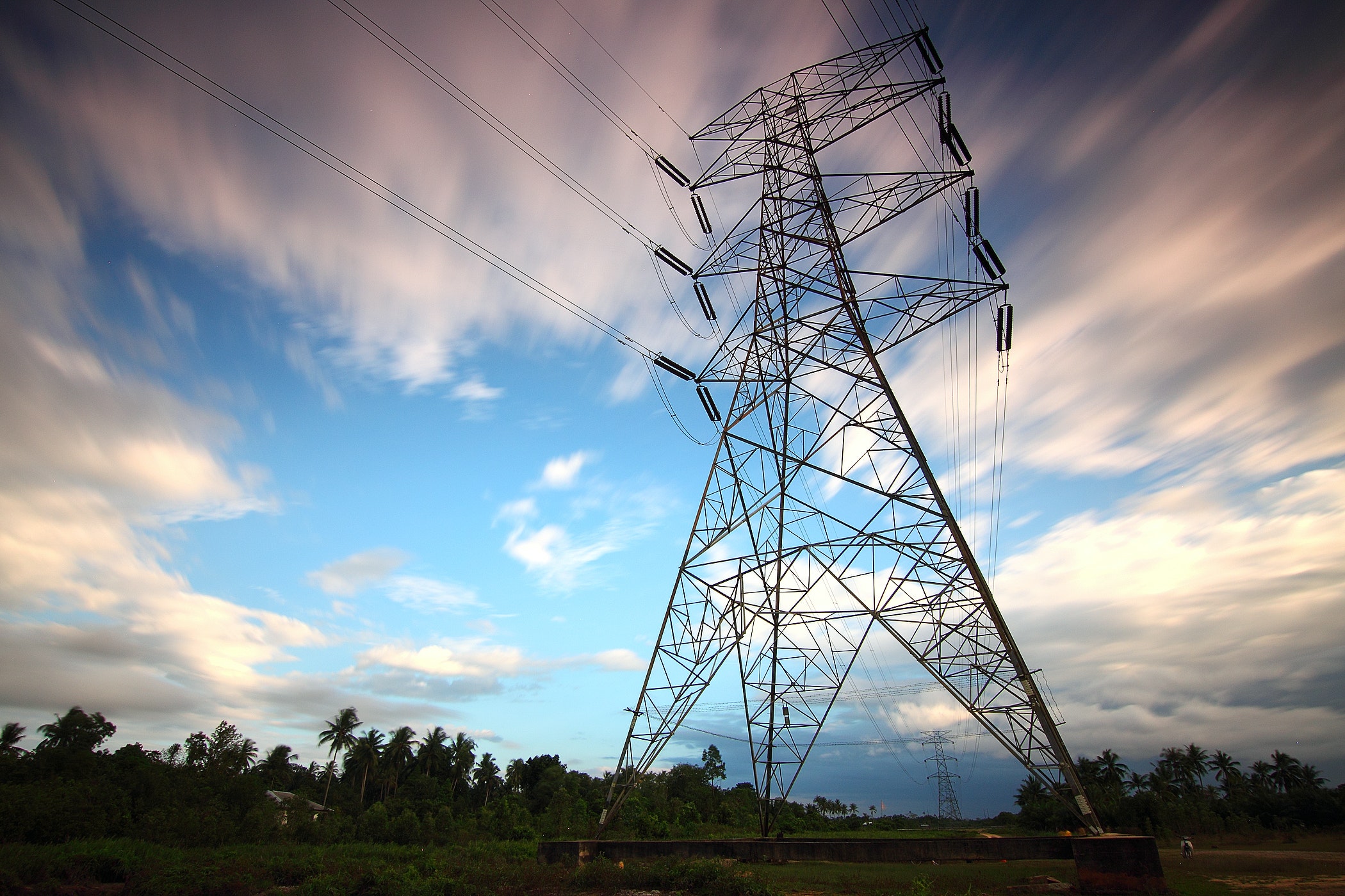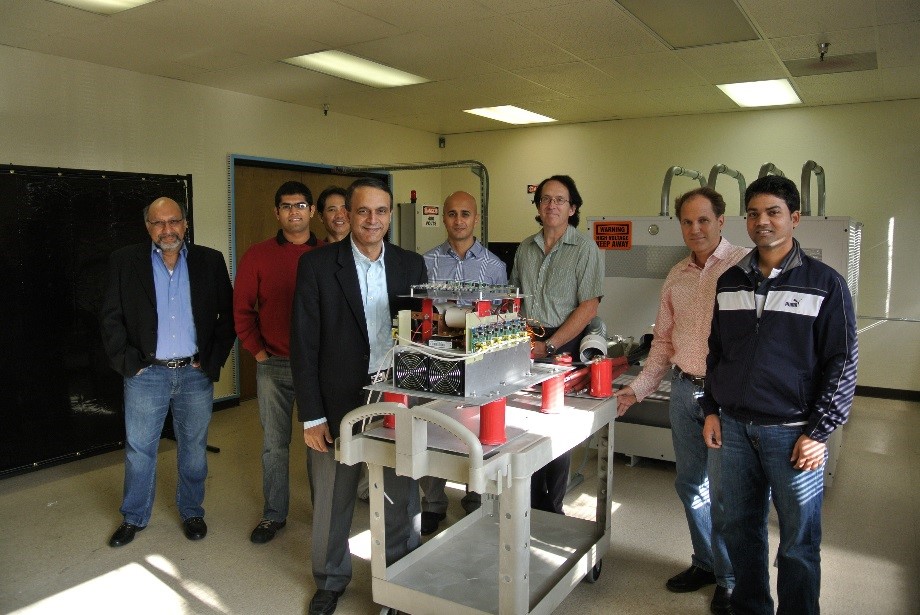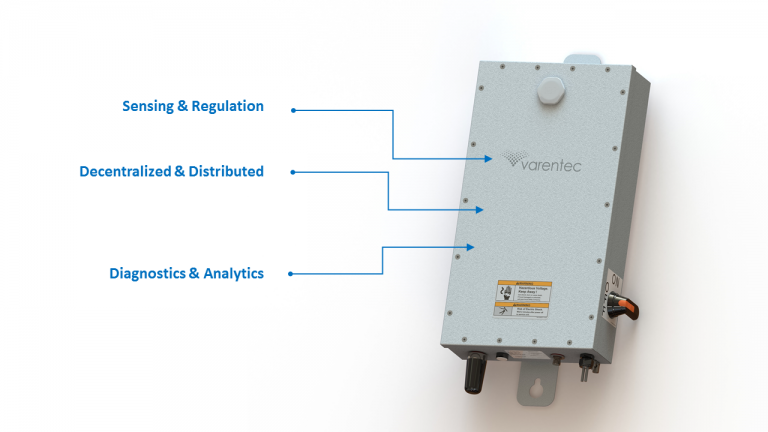
Turning Ideas Into Reality - Projects In Progress X
ARPA-E focuses on next-generation energy innovation to create a sustainable energy future. The agency provides R&D support to businesses, universities, and national labs to develop technologies that could fundamentally change the way we access, use, and store energy. Since 2009, ARPA-E has provided over $2 billion in support to more than 950 energy technology projects.
In January, we introduced a new series to highlight the transformational technology our project teams are developing across the energy portfolio. One area of interest is the electricity grid. Advanced grid control systems and advanced energy storage promise to play a key role in modernizing our nation’s grid by enabling the integration of increasing amounts of renewables, improving the grid’s operating capabilities, and enhancing reliability. Through modernizing the grid’s hardware and software, Varentec and NantEnergy are turning grid storage and efficiency ideas into reality.
Zinc-Air Zaps Grid Storage Expectations
Zinc-air batteries are traditionally found in small, non-rechargeable devices like hearing aids because they are well-suited to delivering low levels of power for long periods of time. Historically, Zinc-air batteries have not been as useful for applications which require periodic bursts of power, like on the electrical grid. ARPA-E GRIDS awardee NantEnergy, formerly Fluidic Energy, set out to fill this need by combining the high energy, low cost, and long run-time of a Zinc-air battery with new chemistry providing high power, high efficiency, and fast response. The battery module could allow large grid-storage batteries to provide much more power on very short demand—the most costly kind of power for utilities—and with much more versatile performance.
In September 2019, NantEnergy, MBL Energy, and the Hansel Auto Group (Hansel) deployed solar plus energy storage systems at eight of Hansel’s auto group locations in Sonoma County, California. These systems were engineered and installed by San Jose-based MBL Energy and feature a total of 1.555 MW of solar PV integrated with 567 kWh of NantEnergy’s behind-the-meter SmartStorage® systems. The solar + storage systems will save the auto group up to $14.3 million over the next 25 years and help it to diversify its energy supply as it prepares for the expected growth of the electric vehicle (EV) market.
Also in 2019, more than a dozen businesses in California and New Mexico selected NantEnergy SmartStorage® systems to replace utility-provided power with emissions-free renewable energy at times of peak demand. The systems also will provide them with a reliable source of backup power in an era of increasing — and increasingly lengthy — power outages. Paired with solar panels, NantEnergy’s storage systems and advanced battery technology give commercial and industrial (C&I) customers a reliable, independent source of clean energy—whether at peak demand times when utility prices are highest or as backup power during grid outages. In many cases, the reduction in peak demand usage is sufficient to allow customers to qualify for a lower rate structure from the utility, saving even more. The companies are poised to save a combined $3.6 million on their energy bills over the next ten years.
NantEnergy’s U.S. C&I customers reduced their energy demand usage in 2018 by an average of 25% with the company’s solar and energy storage system, enabling these companies to invest their energy savings into other business priorities such as innovations in R&D or customer service. In 2019, NantEnergy dispatched 6.3 gigawatt hours (GWh) of electricity via a global fleet of energy storage systems.
Modernizing the Grid with Power Flow Control
Varentec is developing compact, low-cost transmission power controllers with fractional power rating for controlling power flow on transmission networks. The technology will enhance grid operations through improved use of current assets and by dramatically reducing the transmission lines that have to be built to meet increasing contributions of renewable energy sources like wind and solar.
Under its ARPA-E GENI award, Varentec developed a power converter which allows real-time redirection of current in power lines and offers opportunities to enhance grid utilization. The team’s device has been successfully demonstrated at distribution power levels and offers possible savings through deferred distribution system upgrade costs. Over time, implementation of power routing capability on the grid will improve the economic efficiency of wholesale markets. The policies and regulations underlying electricity markets today were written with the assumption that power cannot be stored or routed. With the new capabilities enabled by power flow devices, such as Varentec’s, power system optimization will become much more efficient and operators will be empowered with new options to ensure reliability.

The original ARPA-E GENI Varentec team in 2012
Varentec’s low-cost, fractionally-rated power flow control device uses controlled series voltage injections in series with transmission lines to control power flows. The team considered several possible configurations for the device, taking into account tradeoffs involving system cost, ease of installation and maintenance, size, efficiency, and scalability to high voltages. In the final design, the power electronics are connected near the neutral point of a power transformer. This greatly reduces the insulation requirements and lowers the overall cost of the equipment. The design also enables the device as a retrofit or as a new-build standalone device.
Since completing its award, the project has reported 3.5 invention disclosures to ARPA-E, four non-provisional patents U.S. Patent and Trademark Office (PTO) patent applications, and three U.S. PTO issued patents. Varentec has also formed three private partnerships that have resulted in $30 million in private follow-on funding.

Varentec’s current product, the ENGO-V10 unit (10 kVAR), as seen on their website
Our national electric grid has limited ability to store excess energy, so electricity must constantly be over-generated and controlled to assure reliable supply. Flexible, large-scale storage, such as NantEnergy’s battery, would create a stronger and more robust electric grid by enabling renewables to contribute to reliable power generation. Modernizing the grid's hardware and software, including Varentec’s control device could help reduce peak power demand, increase the use of renewable energy, save consumers money on their power bills, and reduce total energy consumption.
